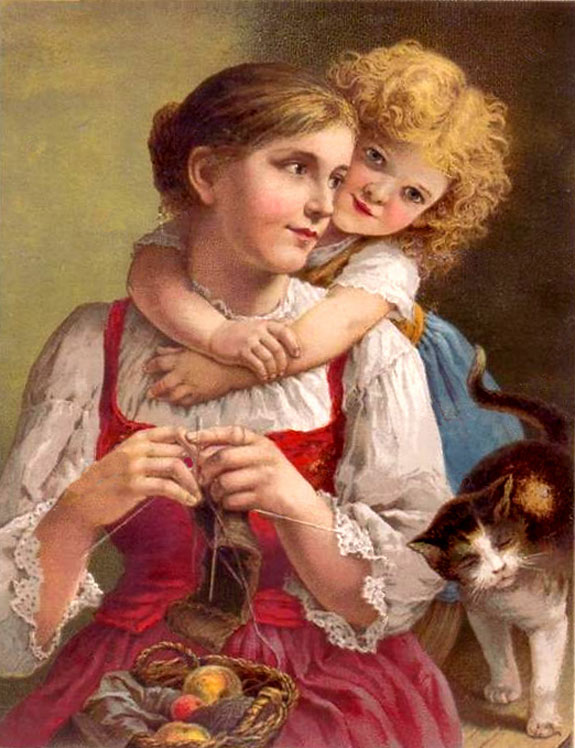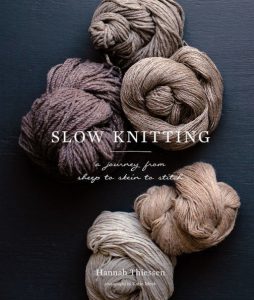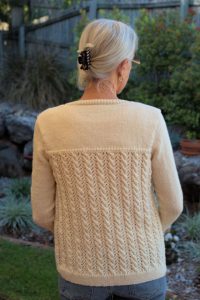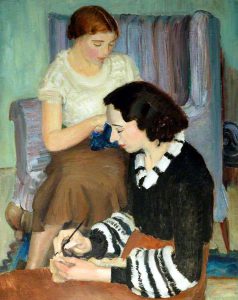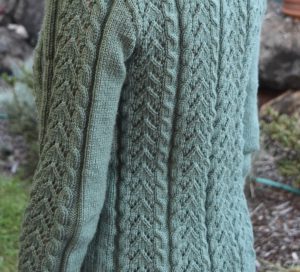I often ask myself why do I knit. I live in Queensland, Australia for goodness sake where it is very hot in the summer and warm in the winter. Certainly, there is little need for anything remotely woollen. Yet, I knit. All year round.
The answer to my question is, I think, one part simple (‘I have always knitted’) and two parts complex and it is here, I think, the concept of heritage comes into play.
The word heritage is a noun and refers to something being a tradition, something handed down from one generation to the next or an inheritance.
The craft of knitting has been a traditional skill handed down from one generation to the next. In my case Mum knitted, admittedly sporadically, but she did knit. She also taught my sisters and me how to knit but none of us really began knitting until adulthood. Knitting began in earnest for me while at university and consolidated with the arrival of children who just needed knitted cardigans and jumpers (I did live in New Zealand then and the winters were cold).
While I would like to think that this generational handing down of skills is still alive and well, it would be hard to deny the growth in people learning their skills via social media (You Tube for example) and/or knitting groups (both face-to-face and Facebook and other online groups like Ravelry). The question to be asked here is: Have women’s lives changed so much in the last few decades that this skill of knitting and it’s teaching been lost.
I do not believe the answer is simple. Yes, women’s lives have changed but women still knitted. What it does highlight however is way in which our knitting lives have changed in recent times. Knitting has become a social activity, making connections with like-minded people through social media and knitting groups. We not only knit to clothe ourselves and our families, we knit because it calms and soothes us, it allows us to explore our creativity and it reinforces our desire to slow down.
Regardless of how people come to knit, collectively, knitters are connected to a wider knitting heritage and this is highlighted by the historical evolvement of all the regional knitting practices that we have all admire and use in our own knitting. We are, I think, drawn to one style of knitting over another. For one knitter, it may be lace, for another it may be Fair Isle. While I love to pour over these designs and have knitted both, I am more drawn to Aran designs, the cable and motifs of which I find such satisfaction to knit.
The art and craft of knitting is changing yet one fact remains: We knit.
